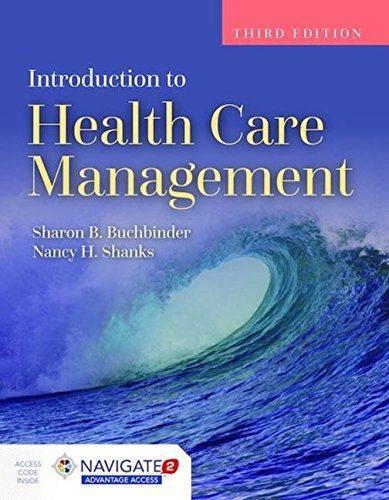1. In an effort to increase nutrition among children bom to low income families, the government has a policy of subsidizing purchases of milk by the mothers of these children. (a) Assume first that the government uses a price subsidy, i.e., allows mothers to buy as much milk as they want at a subsidized price. Show graphically why the mother would prefer to be given a check (or cash) for the amount that the government would have spent on her under the price subsidy program rather than receive the price subsidy. (b) Since the government's objective is to increase child nutrition, why might the government prefer the price subsidy rather than the cash payment even though mothers would be better off with the cash? Explain using your graph in (a) above. Now suppose instead that the government gives each mother an allowance of milk (e.g., a voucher for milk, or an "in-kind" subsidy), where the amount of milk received by each mother was such that the cost to the government for that mother would be the same as it would have been under the price subsidy. (e) On a single graph, show the original budget constraint, the budget constraint with the price subsidy, the consumption level under the price subsidy, the cost of the price subsidy to the government, and the budget constraint for the in-kind subsidy that costs the same amount (d) Would the mother be better off under the in-kind subsidy or the price subsidy? Explain. (e) Would milk purchases be higher under the in-kind subsidy or the price subsidy? Do you find this result surprising? Why does it happen? 1. In an effort to increase nutrition among children bom to low income families, the government has a policy of subsidizing purchases of milk by the mothers of these children. (a) Assume first that the government uses a price subsidy, i.e., allows mothers to buy as much milk as they want at a subsidized price. Show graphically why the mother would prefer to be given a check (or cash) for the amount that the government would have spent on her under the price subsidy program rather than receive the price subsidy. (b) Since the government's objective is to increase child nutrition, why might the government prefer the price subsidy rather than the cash payment even though mothers would be better off with the cash? Explain using your graph in (a) above. Now suppose instead that the government gives each mother an allowance of milk (e.g., a voucher for milk, or an "in-kind" subsidy), where the amount of milk received by each mother was such that the cost to the government for that mother would be the same as it would have been under the price subsidy. (e) On a single graph, show the original budget constraint, the budget constraint with the price subsidy, the consumption level under the price subsidy, the cost of the price subsidy to the government, and the budget constraint for the in-kind subsidy that costs the same amount (d) Would the mother be better off under the in-kind subsidy or the price subsidy? Explain. (e) Would milk purchases be higher under the in-kind subsidy or the price subsidy? Do you find this result surprising? Why does it happen







